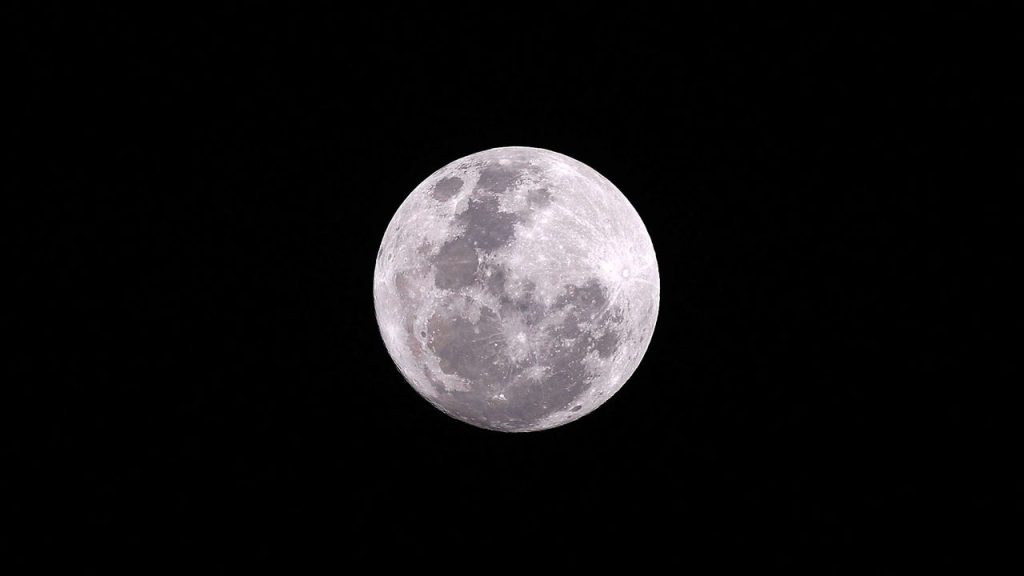FILE – The moon is seen on August 01, 2023 in Adelaide, Australia. (Photo by Naomi Baker – The FA via Getty Images)
The Earth is severing ties this week from a space object that’s become known as a “mini moon.”
Earth only has one natural moon, of course, but a second object has been tagging alongside our planet for the last couple months.
The small asteroid, known as 2024 PT5, has been orbiting Earth in a horseshoe path since the end of September. And as of Monday, Nov. 25, it’ll part ways with us.
Here’s what to know about it:
Earth’s newest ‘mini moon’
Earth’s new “mini moon” was discovered on Aug. 7 by NASA-funded specialized equipment based in South Africa, FOX Weather reported, and first started its semi orbit around Earth in late September when it became temporarily trapped by our gravity.
Scientists aren’t certain where the “mini moon” originated from, but believe it to be a harmless space rock that was possibly blasted off the moon by an asteroid impact.
In the grand scheme of things, it’s not that big – only about 33 feet. You can’t see it with amateur telescopes, and it’s about 2 million miles away right now.
Despite its casual nickname, it’s technically not a moon. NASA stresses it was never captured by Earth’s gravity nor fully in orbit.
RELATED: Look (safely) at the Sun’s surface in the highest-resolution images yet
Where is it going?
Scientists say the rock will part ways with the Earth on Monday, Nov. 25, when it will be overcome by the stronger tug of the sun’s gravity.
It will swing back around closer to Earth again in January, and NASA will track it for more than a week then using the Goldstone solar system radar antenna in California’s Mojave Desert, part of the Deep Space Network.
Then it will travel farther into the solar system while orbiting the sun, not to return close to Earth again until 2055.
Current data suggest that during that later visit, the asteroid will once again make a temporary and partial lap around Earth.
RELATED: See the most terrifying displays in our galaxy from NASA
What are “mini moons”?
Short-lived mini moons are likely more common than we realize, Richard Binzel, who is an astronomer at Massachusetts Institute of Technology, told The Associated Press. The last known one was detected in 2020.
“This happens with some frequency, but we rarely see them because they’re very small and very hard to detect,” he said. “Only recently has our survey capability reached the point of spotting them routinely.”
The Source: Information in this article was taken from The Associated Press and FOX Weather, which used data from NASA and interviews with astronomers.

